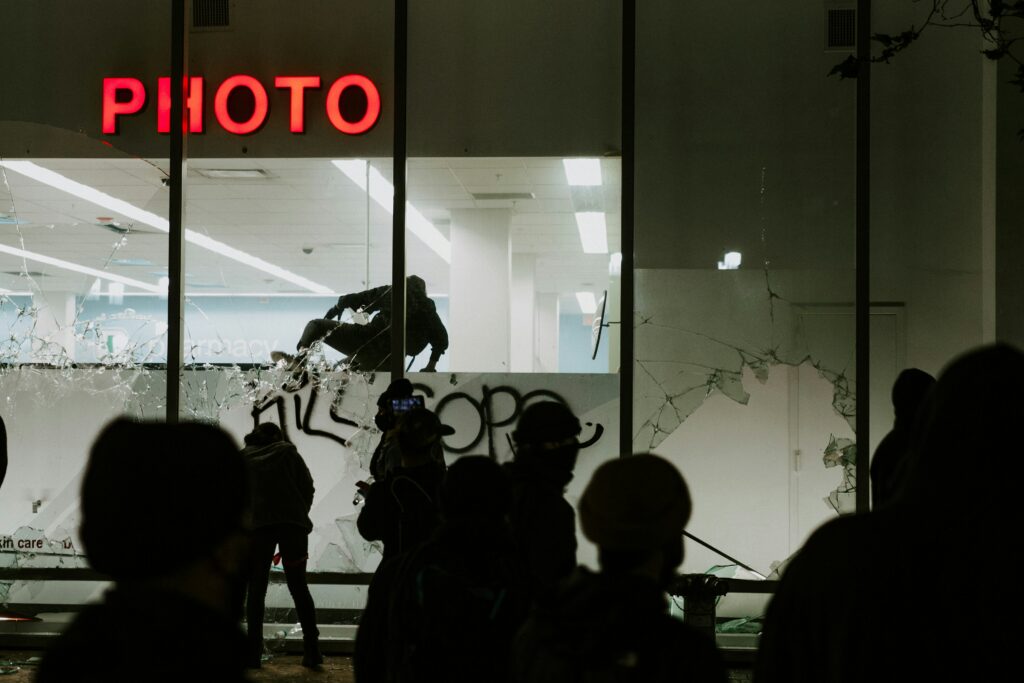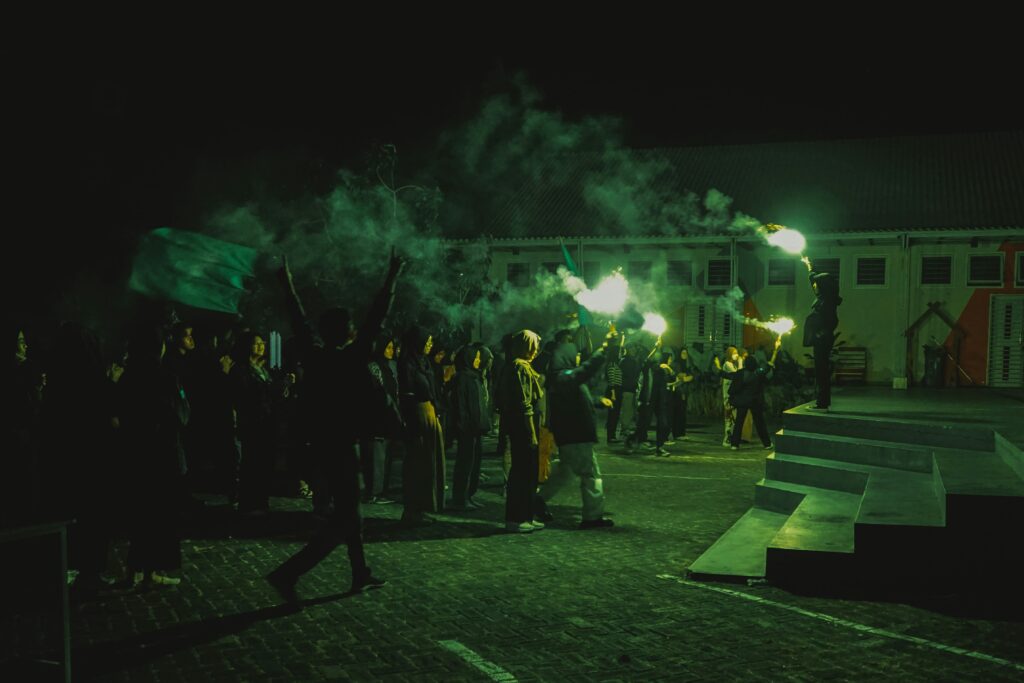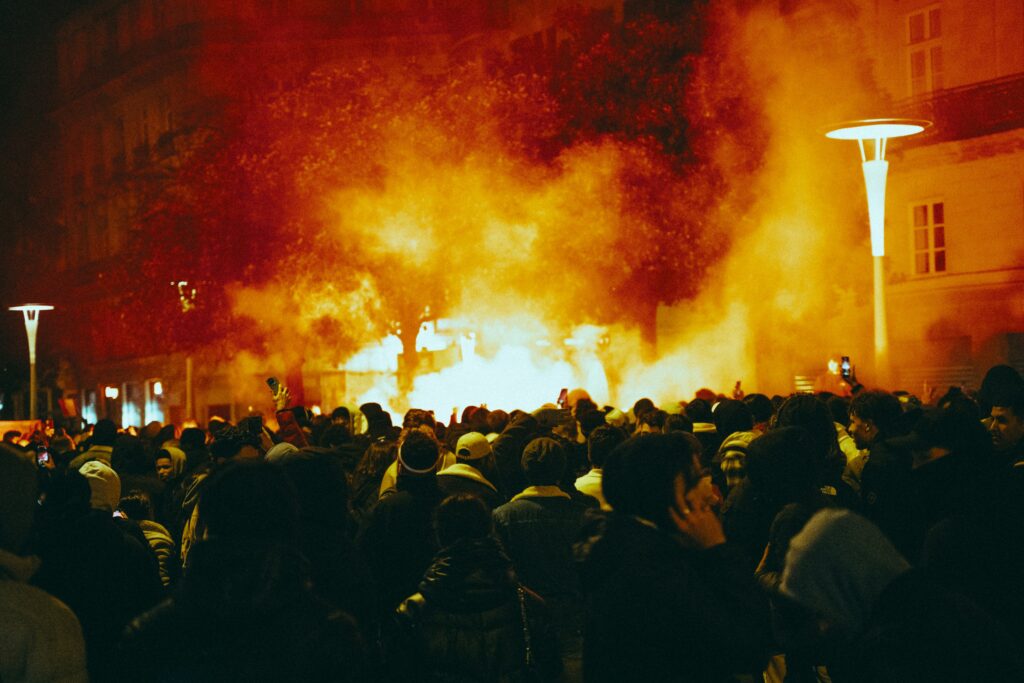
The screams outside your apartment haven’t stopped for 72 hours. The smell of burning trash mixes with something more biological. Your last neighbor who still made eye contact just boarded up their windows. This isn’t an emergency anymore—it’s your new normal, and it’s eating you alive from the inside.
the unique psychology of urban survival
Cities weren’t designed for disasters. They’re pressure cookers where stress compounds exponentially. During the 1977 NYC blackout, psychiatric wards saw a 58% increase in admissions—not from injuries, but from minds snapping under the weight of unrelenting chaos. Rural folks get space to decompress. You get the constant hum of generators, the wail of distant alarms, and the creeping realization that nobody’s coming to help.
The military’s SERE school teaches three phases of mental degradation: alarm (sharp focus), resistance (grinding endurance), exhaustion (collapse). In cities, these stages hit faster. Your adrenaline burns out by day three. By week two, you’re making stupid mistakes—forgetting to filter water, leaving doors unlocked. By month six? That’s when people start talking to the rats.
phase 1: the first 72 hours (when shock sets in)
Your brain isn’t built for sustained crisis. It tries to process everything at once—the gunshots three blocks over, the spoiled milk in your fridge, the way your kid hasn’t blinked normally since the power died. Navy SEALs use the 5-4-3-2-1 grounding technique: name five things you see, four you can touch, three you hear, two you smell, one you taste. It’s not therapy. It’s triage for your overloaded senses.
Create an immediate mental safe zone. Not some fantasy bunker—a real 3×3 foot space where you control exactly one thing completely. Maybe it’s a closet where you’ve taped up family photos. Maybe it’s the bathroom where you’ve hidden a single scented candle. When the world becomes unbearable, retreat there and stare at your hands for exactly 120 seconds. Count each second like it’s the last grain of rice in your jar.

phase 2: weeks 1-4 (the resilience grind)
This is where urban survival becomes a psychological marathon. Decision fatigue will hit harder than hunger. During the Siege of Sarajevo, survivors reported making an average of 237 survival-related decisions daily—each one draining mental bandwidth like a phone with 2% battery.
Implement the 3×3 information rule: check three verified sources, for three minutes maximum, three times daily. Anything more is mental self-harm. Keep a POW-style journal—dates and facts only. “June 14: water ration down to 1.5L. Traded batteries for aspirin.” No emotions. Those are landmines.
Your social circle will fracture in predictable ways. Energy vampires emerge instantly—the neighbor who “just needs to talk” for hours, the cousin who panics over every rumor. Identify your silent support network now. Agree on simple signals: a flashlight blink pattern meaning “safe to approach,” a towel hung wrong meaning “stay away.”
phase 3: month 2+ (the breaking point)
This is when civilized people start doing uncivilized things. Sleep deprivation turns minor irritations into existential threats. The Broken Window Theory applies to your mind now—one unchecked negative thought breeds a dozen more.
Adopt the “5-minute panic” protocol. When the walls start closing in, set a literal timer. Five minutes to scream into a pillow, punch the mattress, ugly-cry. Then it’s over. No carryover. The Beirut survivors of the 15-year civil war mastered this—their diaries show scheduled breakdowns sandwiched between grocery lists and chess moves.
Create micro-routines that anchor reality. Polish your one good knife every morning. Recite multiplication tables while boiling water. These aren’t chores—they’re lifelines. A Ukrainian doctor in Mariupol kept sane by alphabetizing his dwindling medical supplies daily. The supplies ran out. The ritual didn’t.
urban-specific mind killers

Crowds turn feral in predictable patterns. Watch for the six-second stare—when multiple strangers lock eyes without blinking. That’s phase one of mob formation. Smell is the silent sanity killer. Rotting garbage is bad enough, but human waste triggers primal revulsion. The Auschwitz trick? A dab of soap under the nostrils.
Your apartment is now a psychological test chamber. Prisoners in solitary confinement develop “walking meditation” routes—five steps forward, pivot, five steps back. Map yours now. That 12-foot path from kitchen to bathroom? Walk it with purpose. Count cracks in the tiles. Name each floorboard that creaks.
the SHTF mental health toolkit
Pharmaceuticals are force multipliers. A 30-day SSRI stash with proper tapering instructions beats praying for resilience. Valerian root works until it doesn’t—know which of your neighbors has real anti-anxiety meds before you need them.
Low-tech solutions matter more. Shadow journaling with lemon juice ink disappears when dry—pour coffee on the pages to reveal your darkest thoughts only when safe. The “talking wall” method saved political prisoners: whisper secrets to a spot on the wall, then “listen” for imagined responses. It’s not crazy if it works.
Children’s minds break differently. Palestinian parents teach trauma games—“count the explosions” becomes math practice. “Spot the danger” sharpens observation. The lesson? Fear is normal. Paralysis is optional.
when the world doesn’t reset
Eventually you’ll face irreversible losses. That bakery on the corner where you bought birthday cakes? Rubble now. Your daughter’s college fund? Gone. The three-question triage helps:
1. Can I change this?
2. Will worrying help?
3. Is this thought useful?
Answer honestly. Then act or let go. No middle ground.
training starts today
Run weekly no-tech drills—24 hours without screens or news. Notice how your mind claws for stimulation. Practice the 5-minute panic protocol during minor stresses. Stub your toe? Timer starts.
Your final exam comes unannounced. One morning you’ll wake to silence where generators hummed. Or gunfire where kids once laughed. When that day comes, your survival won’t hinge on stockpiles but on synaptic pathways—the grooves worn by disciplined thought.
The rats are watching. Show them how it’s done.
